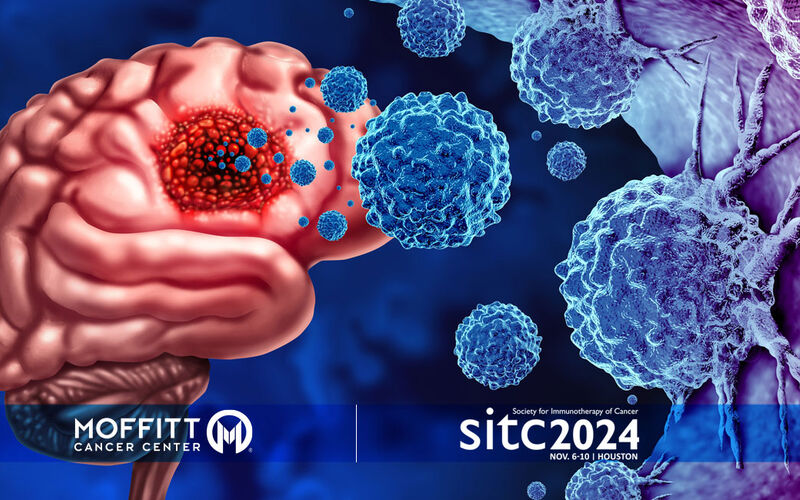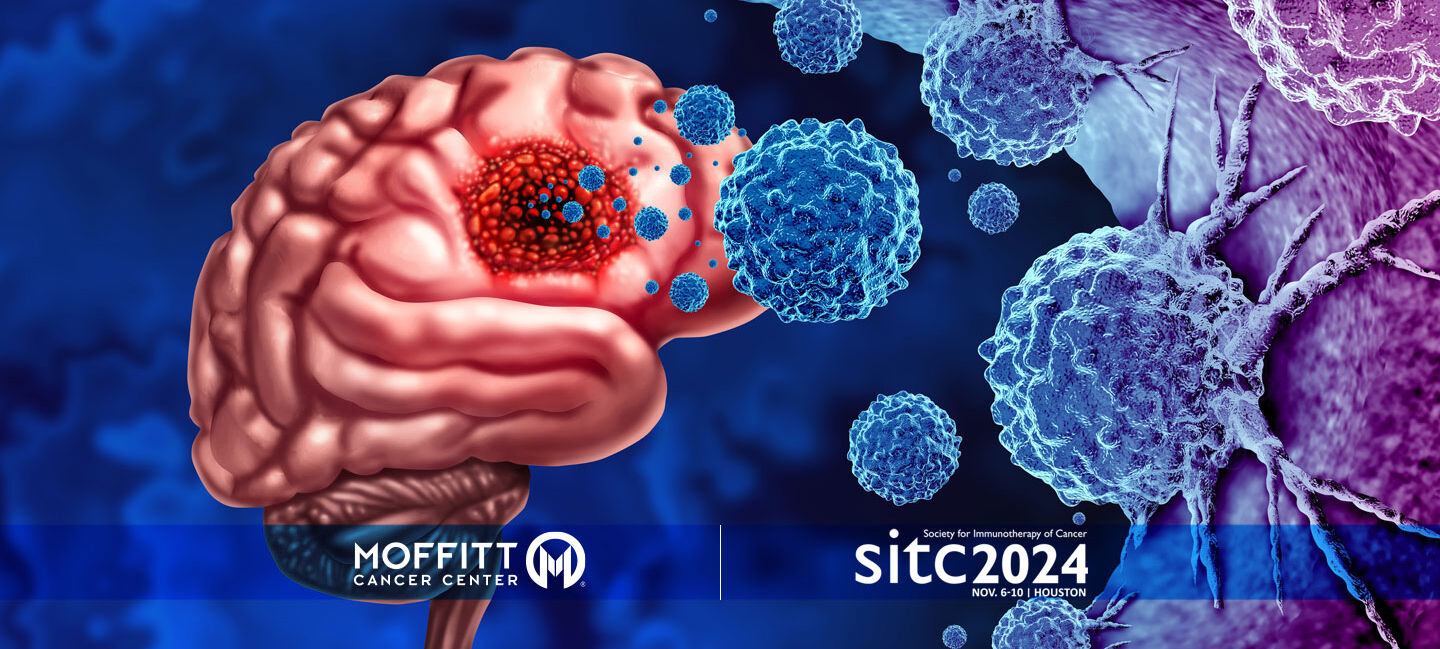New Treatment Combines Electric Fields and Immunotherapy to Improve Survival for Glioblastoma Patients
A new approach combining electric fields with immunotherapy is showing promising results in the treatment of glioblastoma, an aggressive form of brain cancer. Research presented at the Society for Immunotherapy of Cancer annual meeting showed that this combination could significantly improve patients' survival, especially those with inoperable tumors.
Glioblastoma is one of the most challenging cancers to treat, known for its rapid growth and resistance to conventional therapies. Patients with glioblastoma often face a limited prognosis, particularly those with tumors that cannot be surgically removed. This new treatment strategy involves Tumor Treating Fields (TTFields), a therapy that uses electric fields to disrupt the division of cancer cells, along with the immunotherapy drug pembrolizumab and temozolomide, a chemotherapy.
The study's findings were particularly striking for patients who had only undergone a biopsy rather than extensive tumor removal surgery. These individuals saw an improved progression-free survival of 27.2 months from 9.6 months compared to those with maximally resected tumors, while overall survival was 31.6 months compared to only 18.8 months. However, it's important to note that these comparisons were made within the study group.

“The early data from the 2-THE-TOP trial has been intriguing,” said Patrick Grogan, MD, PhD, a neurooncologist at Moffitt Cancer Center. “While the findings are promising, they need to be interpreted carefully, given the limitations of single-arm studies. Still, this combination of Optune TTFields and pembrolizumab has demonstrated enough potential that we’ve started using it off-label in select patients at our center, with preliminarily encouraging outcomes.”
The combination treatment enhances the body’s immune response. TTFields create small ruptures in cancer cell nuclei, releasing DNA into the surrounding area. This alerts the immune system and attracts cancer-fighting T cells to the tumor. When paired with immunotherapy, this effect is amplified, helping the body target even larger tumors that are harder to treat.
The therapy was generally well-tolerated by patients, with manageable side effects. However, the researchers also identified potential resistance mechanisms, which could inform future treatment strategies. The treatment suppressed the PD-1/PD-L1 immune checkpoint pathway in recurrent tumors, but other immune pathways were activated, opening new possibilities for future research.
Moffitt will be part of the phase 3 clinical trial, further evaluating this combination therapy in a larger group of glioblastoma patients. If successful, it could offer new treatment options for patients facing one of the most difficult-to-treat cancers.




